Site investigation on a location at Bivak II
Based on a site investigation brief the following objectives were achieved:
- Gathered basic information on foundations of current bivak
- Surface geology and workability investigated
The 3rd objective, that is exact site location was not defined in full due to lack of professional knowledge and tools and instruments needed to make exact positions ready to mount available.
Below are the answers which follow the questions in same order as in brief dated 21/04/2015. I have also captioned all photos in gallery below.
Cable anchors
- NE anchor is drilled + glued. I would rate the anchor very solid.
- SE anchor is drilled + glued. I would rate the anchor very solid.
- SW anchor is hammered in. I would rate it weak and unreliable. It can easily be moved by hand.
- NW anchor is hammered in below a boulder. I would rate it solid.
Threaded rod legs
Concerete is poured directly on an exposed rock and the rods on W and E sides are inserted in these two "foundations" consisting of smaller rocks glued together by concrete.
The bivak does not seem to have ANY other connection to the ground except the 4 anchors and these two rods. The bivak can actually be moved a bit with human strength and is not "rock solid" in place.
Surface material
Mostly the rock surface is exposed, elsewhere there are a couple of centimeters of dirt that could easily be removed. There are also rocks and small boulders freely sitting atop; can be moved by human strength using basic tools.
What is not freely standing atop or is not dirt, would be hard to excavate and would need either explosives or at least pointy chisel(?) and huge hammer. AS said there are boulders/rocks that can be moved using basic tools.
Bedrock
Bedrock is mostly exposed. Bedrock is not a solid rock say 1m x 1m without any cracks or fissures, but i would assess it is reliable if drilled into in most places. As above I would say it would be quite hard to excavate bedrock with just basic tools / hands.
New Anchors
- NE and SE corner anchors seem very solid and absolutely reliable. They seem bombproof and in perfect positions.
- SW anchor is poor and unreliable, can be moved by hand (not pulled out but not solid at all)
- NW corner anchors seems solid and can not be moved. It is hammered under a rock boulder.
I would assume that with tools new anchors could easily be affixed for SW and NW corners. NE and SE corners should use same points of fixing.
Rock type
Light gray colored limestone.
Basic topography
Below are sketches of the terrain measuers taken with basic tools and instruments. A line was put in place on either of the corners, streched out in a straight line with a water levellier and measures with distance to ground was taken. East and West side of the Bivak in North and South direction.
NW and NE corner were starting points with measures every 100 cm to ground distance toward South and every 50 cm to ground toward North.
Photos with captions
Site inspection conducted by Anže Čokl with a help of Bor Šumrada and Robi Jesenko on May 12th 2015 at noon (it was hot as hell :)















































